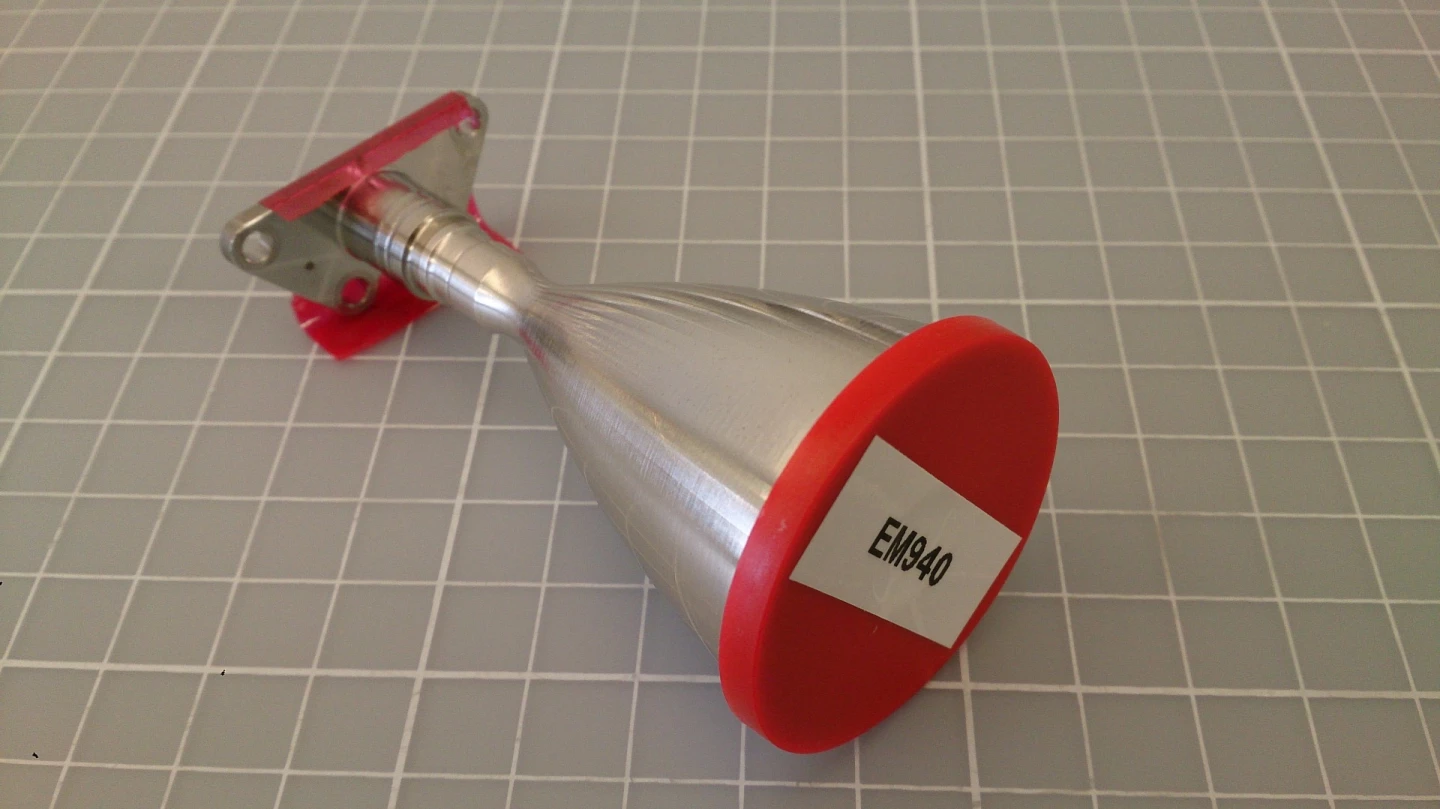The European SpaceAgency (ESA) has successfully test fired a 3D printed platinum alloy thruster combustion chamber and nozzle. The world first test is further evidence that the 3D printing approach is a viable one for the aerospace industry, with the potential to cut costs by streamlining production methods and adding a greater level of flexibility in terms of supply and demand construction.
The 10 N hydrazine thruster combustion chamber and nozzle was printed in layers from aplatinum-rhodium alloy, using a laser printing machine ordinarilyused for creating jewelry. The engine was then put through 618ignition tests during which reached a maximum temperature of 1253 °C(2287 °F). According toESA, theses results are on a par with thrusters produced via conventional machining methods.
"The aim was to testthis alternative manufacturing method as a way of reducing materialcosts," states ESA engineer Laurent Pambaguian regarding theproject. "At the start we were by no means certain itcould be done, or even whether the metal powder could be prepared tothe appropriate quality."

Byprinting a component layer by layer, a manufacturer produces onlynegligible amounts of waste when compared to the standard technique,which involves creating the combustion chamber from a solid block ofmaterial. The waste, and therefore expense, of so unrefined a processmounts when one considers that Airbus Defence & Space produce 150-200 hydrazine thrusters each year and that platinum currently costs €40 (US$63) a gram.
SpaceX has also beenexperimenting with 3D printing. Back in 2014 the company finishedqualification testing for its SuperDraco thruster, which also featureda 3D printed combustion chamber made from a nickel-chromiumalloy.
With multiple agenciesand commercial companies embracing the potential of 3D printing inthe aerospace sector, we are sure to see the technologybecome heavily relied upon as we set our sights ever deeper intospace. It will influence the design of future spaceships, and is likely to play a part in the construction of outposts on otherplanets and moons.
The next step for ESAand its partners will be to print the components out of a new alloy, platinum–iridium, which offers performanceenhancements over platinum-rhodium.
Source: ESA






